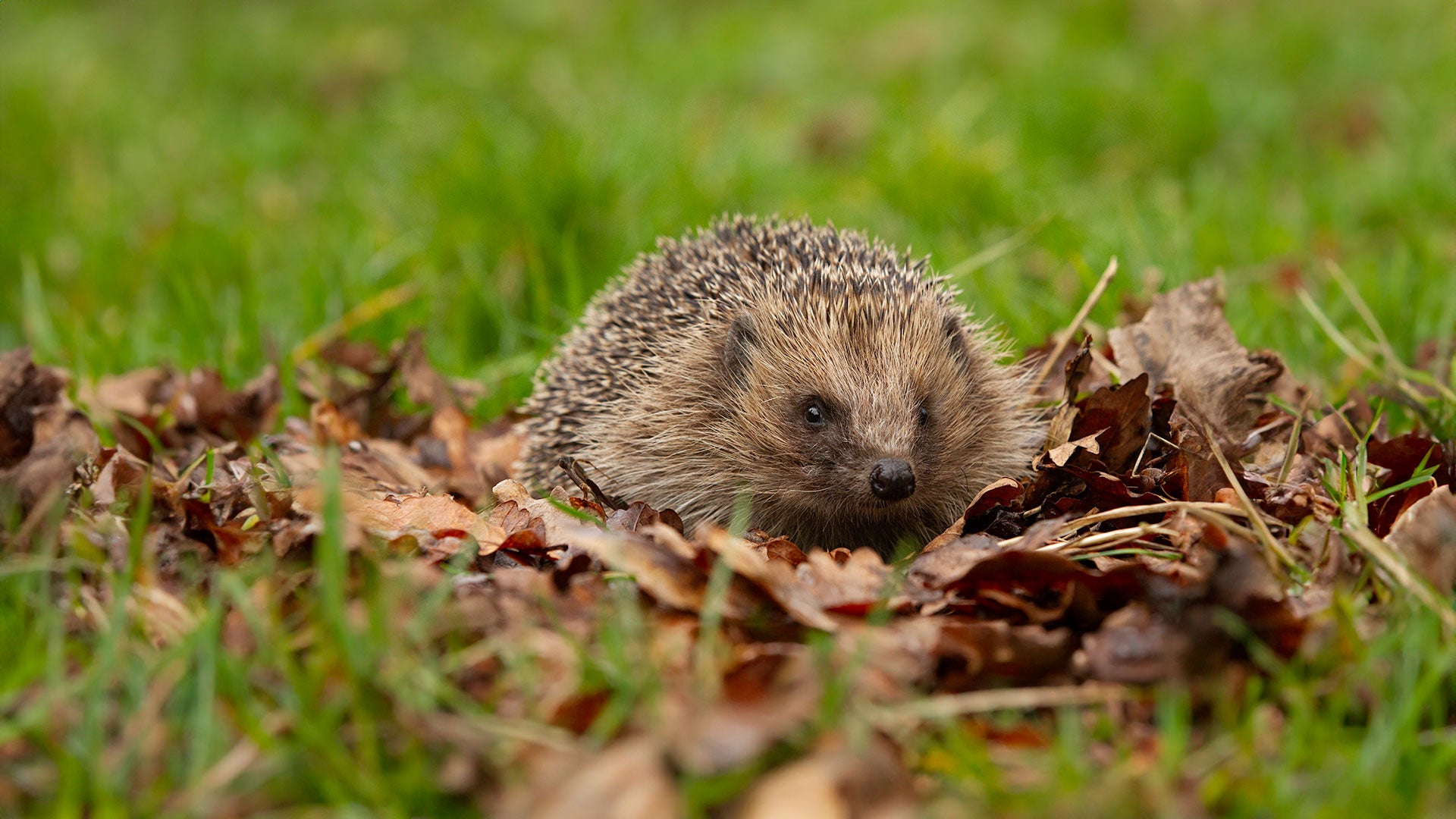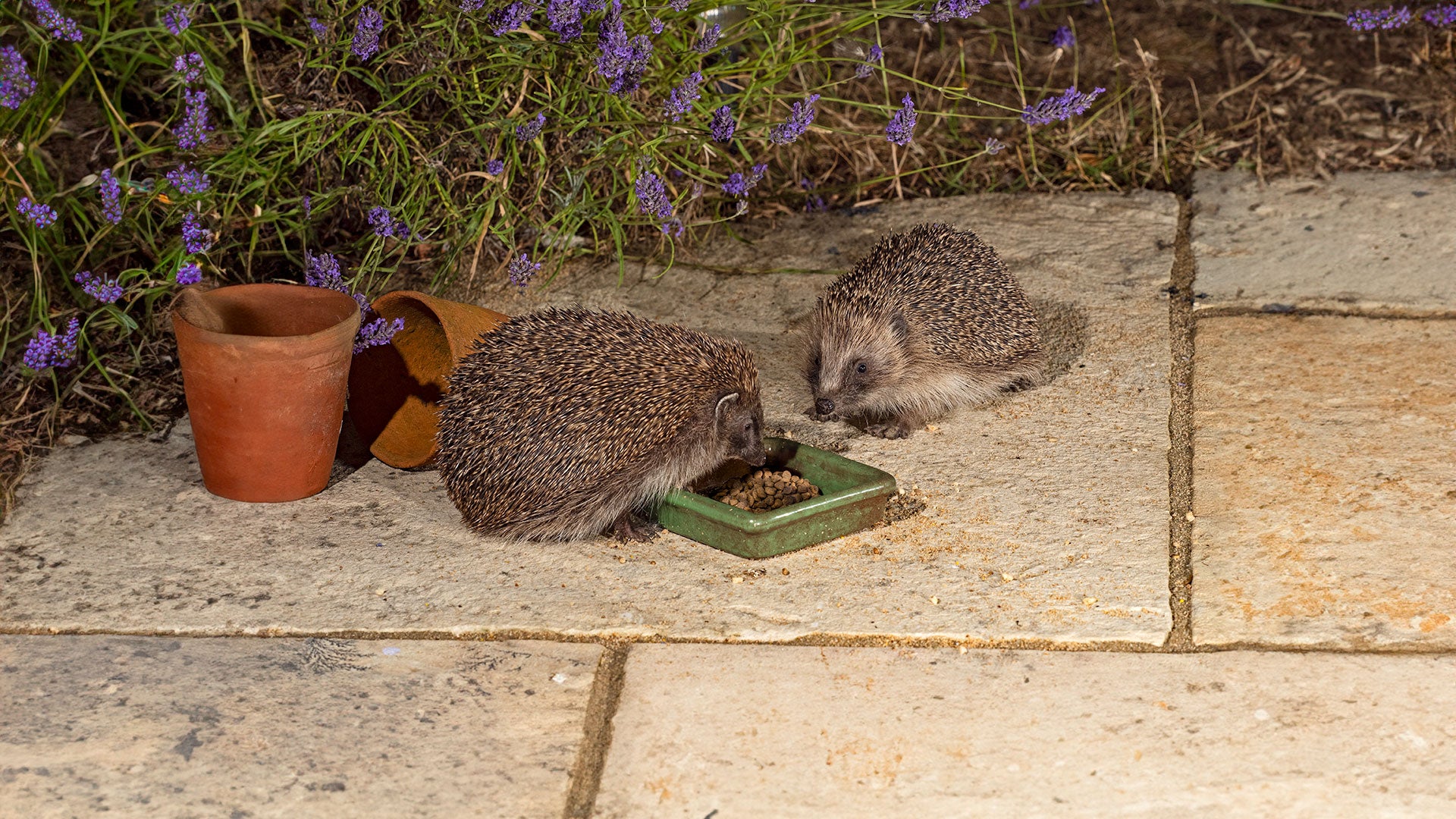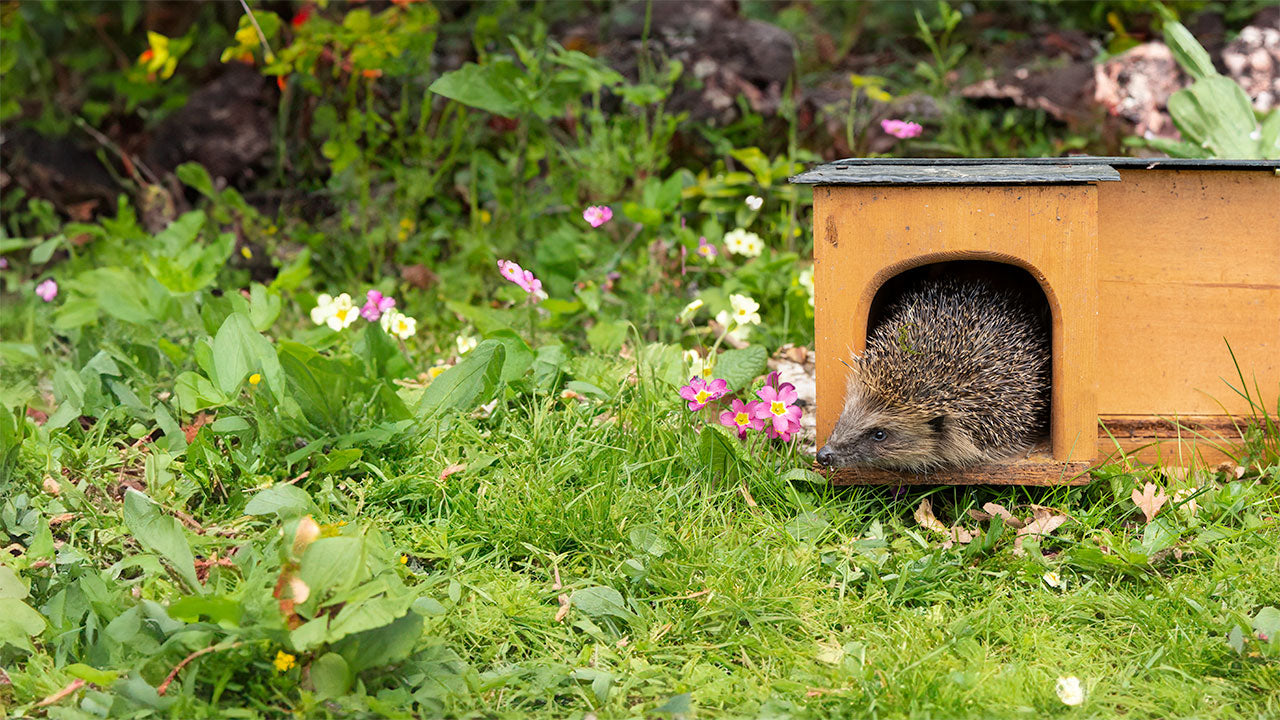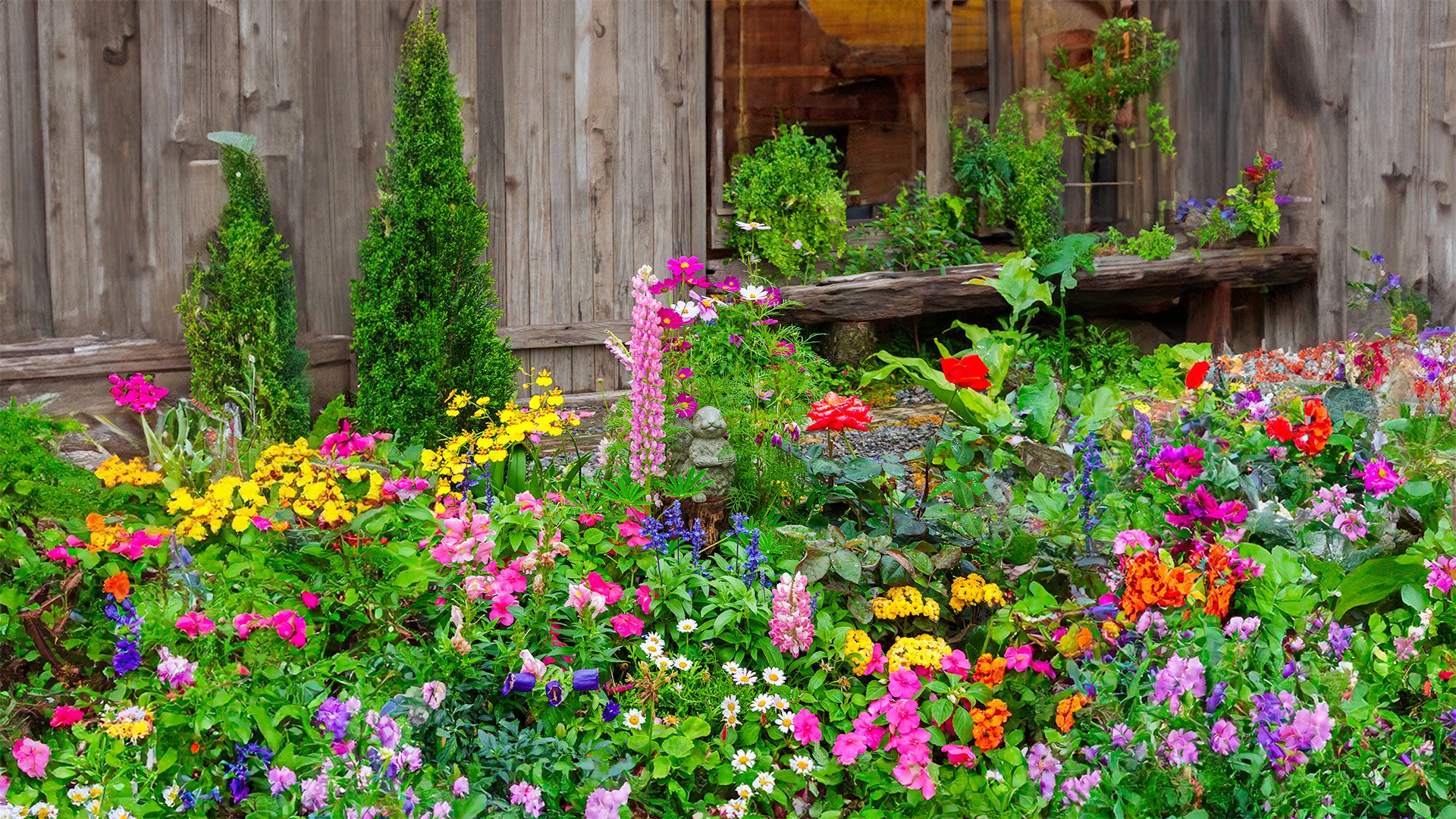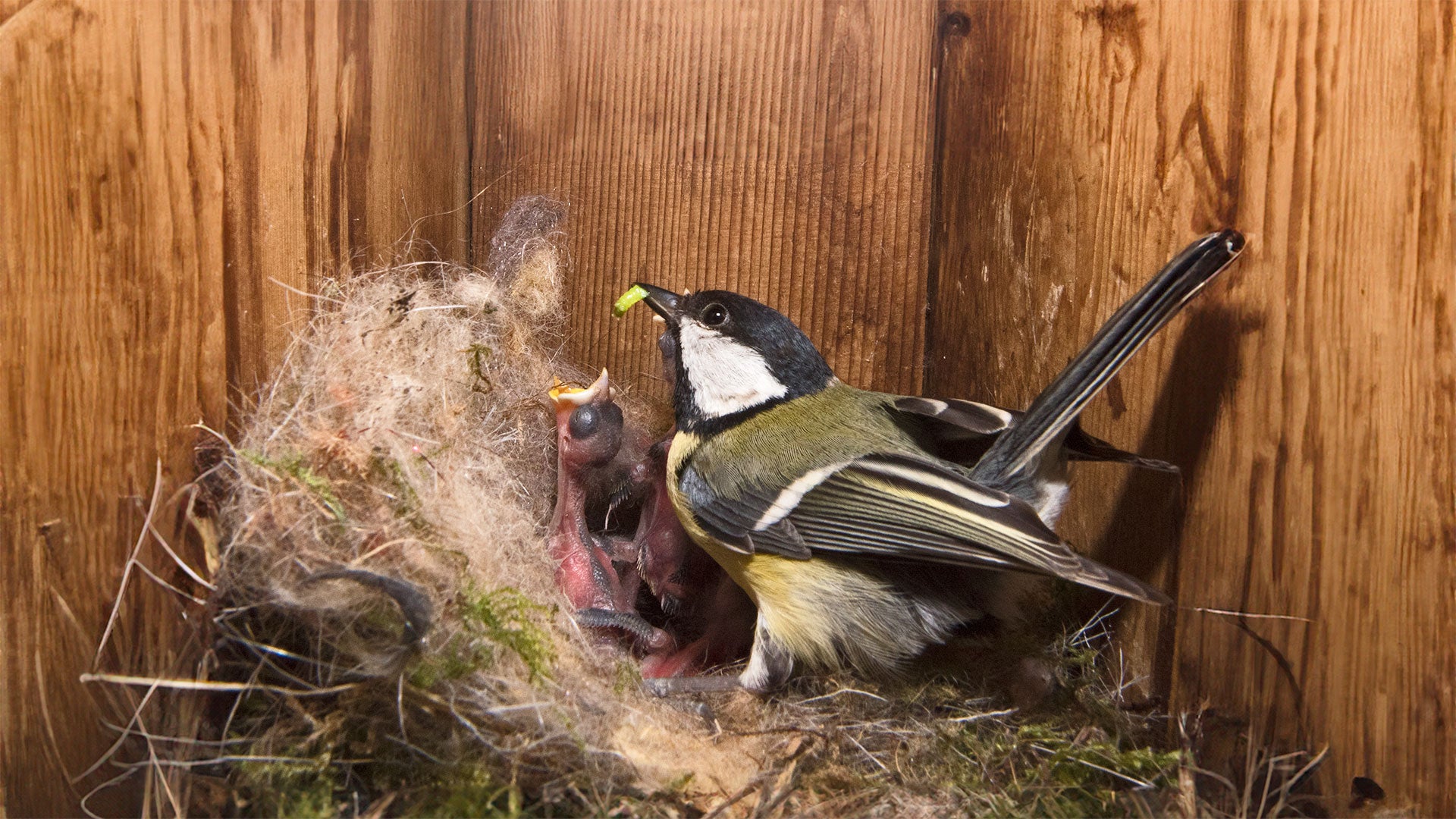In this article, we delve into the world of hedgehog hibernation to find out more about how hedgehogs hibernate, when they start to prepare and what their hibernation calendar looks like.
When do hedgehogs hibernate?
Typically, hedgehogs start the process of hibernation from September to early October, when the temperatures begin to drop and the nights grow longer. The longer night-time hours signals to hedgehogs that it's time to start packing on the pounds and seeking a suitable shelter to endure the hibernation period.
How do hedgehogs prepare for hibernation?
Hedgehogs are remarkable for their ability to prepare themselves for the hibernation period. As autumn sets in, hedgehogs increase their food intake, feeding on insects, slugs and worms. Hedgehogs feed on high protein and high fat foods to ensure they store enough fat to last them throughout the winter months.
But their preparations don't stop at food intake. Hedgehogs also prepare for hibernation by seeking a place to shelter and building themselves a nest. They do this to ensure they create a safe and warm environment to keep them secure for the winter months. These nests can be made from leaves, grass or other natural vegetation.

Where do hedgehogs hibernate?
Hedgehogs are versatile when it comes to choosing a place to hibernate for the winter months. They tend to favour natural shelters like piles of leaves and bushes, but they're known to seek refuge in man-made structures as well. Popular hibernation places include:
Gardens: Hedgehogs often choose cosy spots in gardens, finding shelter beneath bushes, sheds, and woodpiles.
Compost heaps: The warmth generated by decomposing organic matter in compost heaps can make for ideal hibernation sites.
Woodland: In their natural habitat, hedgehogs may hibernate in dense undergrowth or near the bases of trees.
Garages and outhouses: In more urban settings, hedgehogs may venture into garages or garden sheds to hibernate.
Hedgehog houses: Some conservation-minded individuals set up specially designed hedgehog houses to provide safe hibernation spots. These are ideal places to keep hedgehogs secure and safe throughout the hibernation period.
Do hedgehogs live in groups?
Hedgehogs are solitary creatures, so do not tend to live in groups once they have been nurtured for 4-7 weeks after birth by their mother. Hedgehogs will usually spend their lives alone except for mating with another hedgehog.
Do hedgehogs sleep when they hibernate?
Yes, hedgehogs do remain in a state of deep sleep for most of winter. Their heart rate and body temperature drops and they become much less active.
Although, sometimes they wake up to get in a more comfortable position, urinate or take a drink.
What does the hedgehog hibernation calendar look like?

Spring
Spring marks the end of hedgehog hibernation. Typically, hedgehogs begin to wake up from their long winter slumber in March or April, when temperatures start to rise. During this time, they're eager to find food. As the nights grow shorter and the weather warms up, hedgehogs focus on replenishing their energy reserves. They search for insects, snails, and other small invertebrates to satisfy their voracious appetites. Spring is also the mating season for hedgehogs.
Summer
Summer is a time of activity for hedgehogs. As the weather becomes consistently warmer, they become more active and nocturnal. They continue to forage for food, relying on their keen sense of smell to locate their prey. Hedgehogs are also known for their solitary nature, and in the summer months, they spend their nights wandering in search of food and potential mates. They may be seen travelling great distances in their quest to find food.
Autumn
Autumn is a critical time for hedgehogs as they prepare for hibernation once again. As the nights grow longer and the temperatures drop, hedgehogs start to accumulate fat stores to sustain them through the upcoming winter. They become more focused on feeding and are often seen scavenging for high-calorie foods, such as fruits, berries, and fallen insects. During this period, hedgehogs may also build nests or find suitable places to hibernate, such as piles of leaves or compost heaps.
Winter
In winter, hedgehogs enter a state of hibernation to conserve energy and survive the harsh conditions. The onset of hibernation can vary depending on the region and climate, but it usually begins in late autumn or early winter. Hedgehogs stay in their carefully prepared nests or chosen hibernation sites, relying on their stored fat reserves for nourishment. They’ll occasionally wake up for short periods to adjust their position, drink water, and urinate, but they remain in a state of deep sleep for most of the winter. They typically hibernate from November to March or April, depending on the local climate.
Understanding the hedgehog hibernation calendar is crucial for conserving these charming animals. Providing hedgehog food and shelter during the autumn, supporting them through the harsh winter, and creating hedgehog-friendly gardens can play a pivotal role in ensuring their survival and wellbeing. Hedgehogs are beautiful animals, and by safeguarding their habitats, we can ensure that we’re helping them live healthy and happy lives in our gardens and woodlands.

